
If collared lizards grew to the size of Komodo dragons, they would probably prey upon them. Crotaphytus are voracious predators on other lizard species, although they don’t pass up the chance to snack on insects and other small vertebrates. Juvenile collared lizards concentrate more on insects whereas adult collared lizards take small mice. Collared lizards proportionately large heads are equipped with large jaws that can kill prey animals with a few quick bites.
Keeping collared lizards fat and healthy in captivity requires feeding them a lot, and often! This active lizard’s high metabolism demands nearly daily consumption of food to maintain its weight and health. Baby rodents and large insects the greater variety the better will satisfy their needs adequately.
Place a heat lamp over one corner of their 4 foot-plus long enclosure so they can rapidly warm up each morning to their desired hunting temperature, which ranges from the mid 80s to low 90s Fahrenheit. A small water bowl is fine, but collared lizards really enjoy drinking from droplets of water that are sprayed down in simulation of rain. Most specimens are spastic and shy away from being handled.
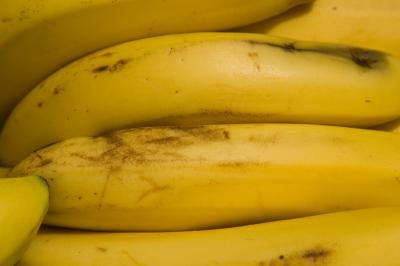 How to Catch a Blue-Tongued Lizard
How to Catch a Blue-Tongued Lizard
How
How to Catch a Blue-Tongued Lizard
How to Catch a Blue-Tongued Lizard
How
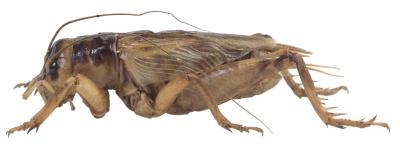 How to Breed Crickets for Lizards
How to Breed Crickets for Lizards
How
How to Breed Crickets for Lizards
How to Breed Crickets for Lizards
How
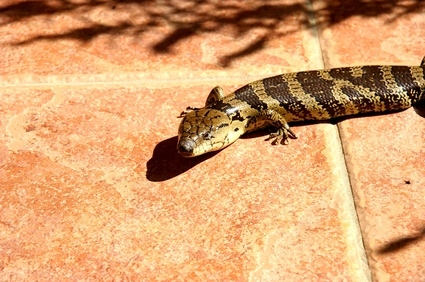 How to Tell If a Blue-Tongued Lizard Is Male or Female
How to Tell If a Blue-Tongued Lizard Is Male o
How to Tell If a Blue-Tongued Lizard Is Male or Female
How to Tell If a Blue-Tongued Lizard Is Male o
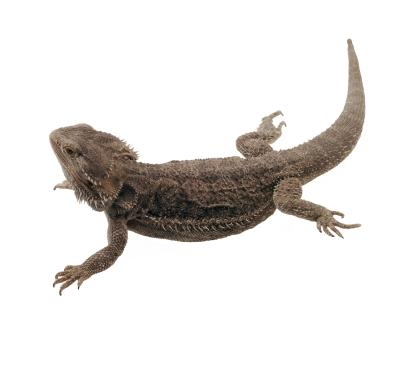 How to Tell the Sex of Your Lizard
How to Tell the Sex of Your Lizard
How
How to Tell the Sex of Your Lizard
How to Tell the Sex of Your Lizard
How
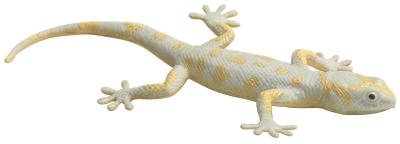 How to Raise a Wild Lizard
How to Raise a Wild Lizard
How to Rais
How to Raise a Wild Lizard
How to Raise a Wild Lizard
How to Rais
Copyright © 2005-2016 Pet Information All Rights Reserved
Contact us: www162date@outlook.com